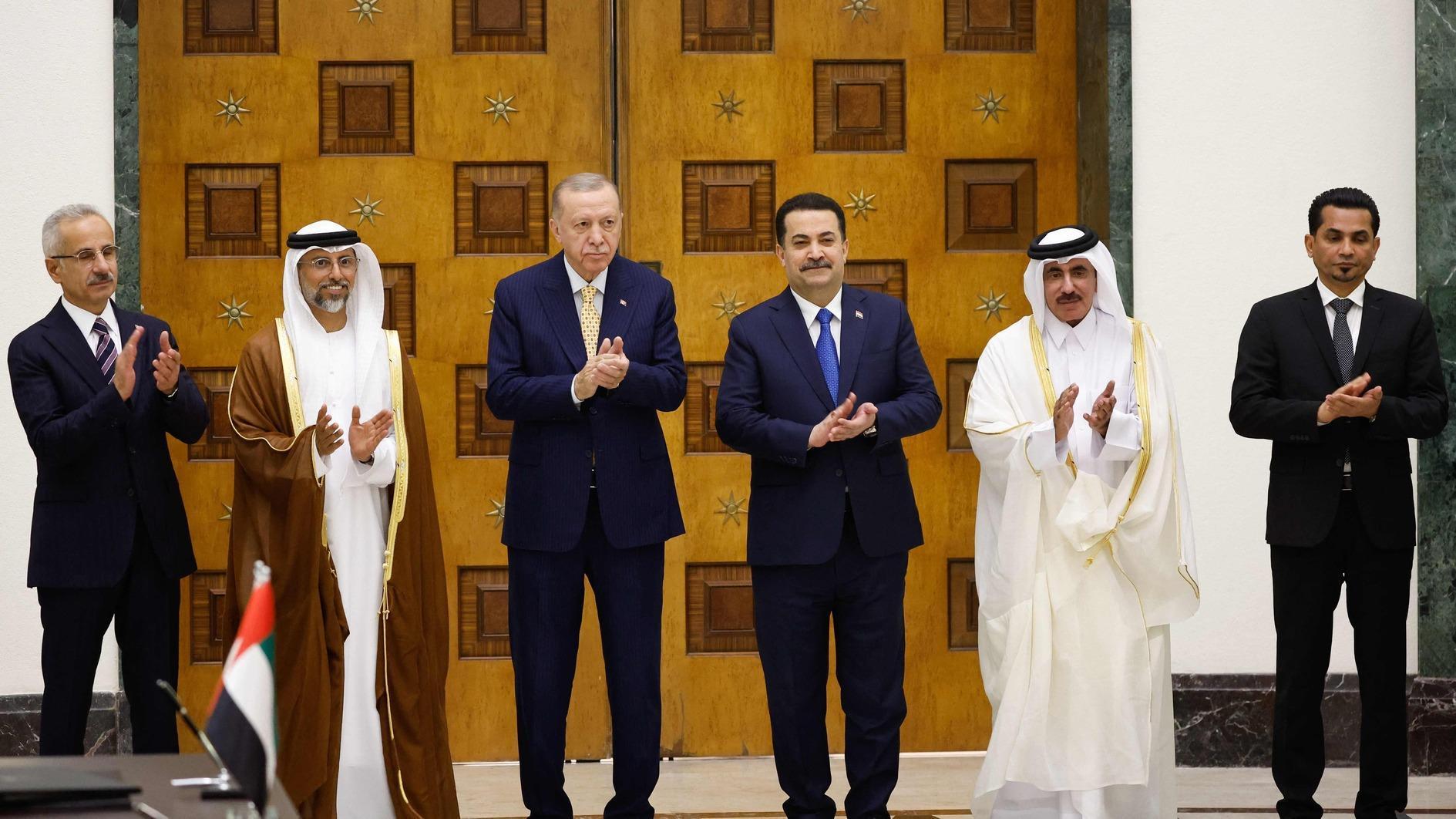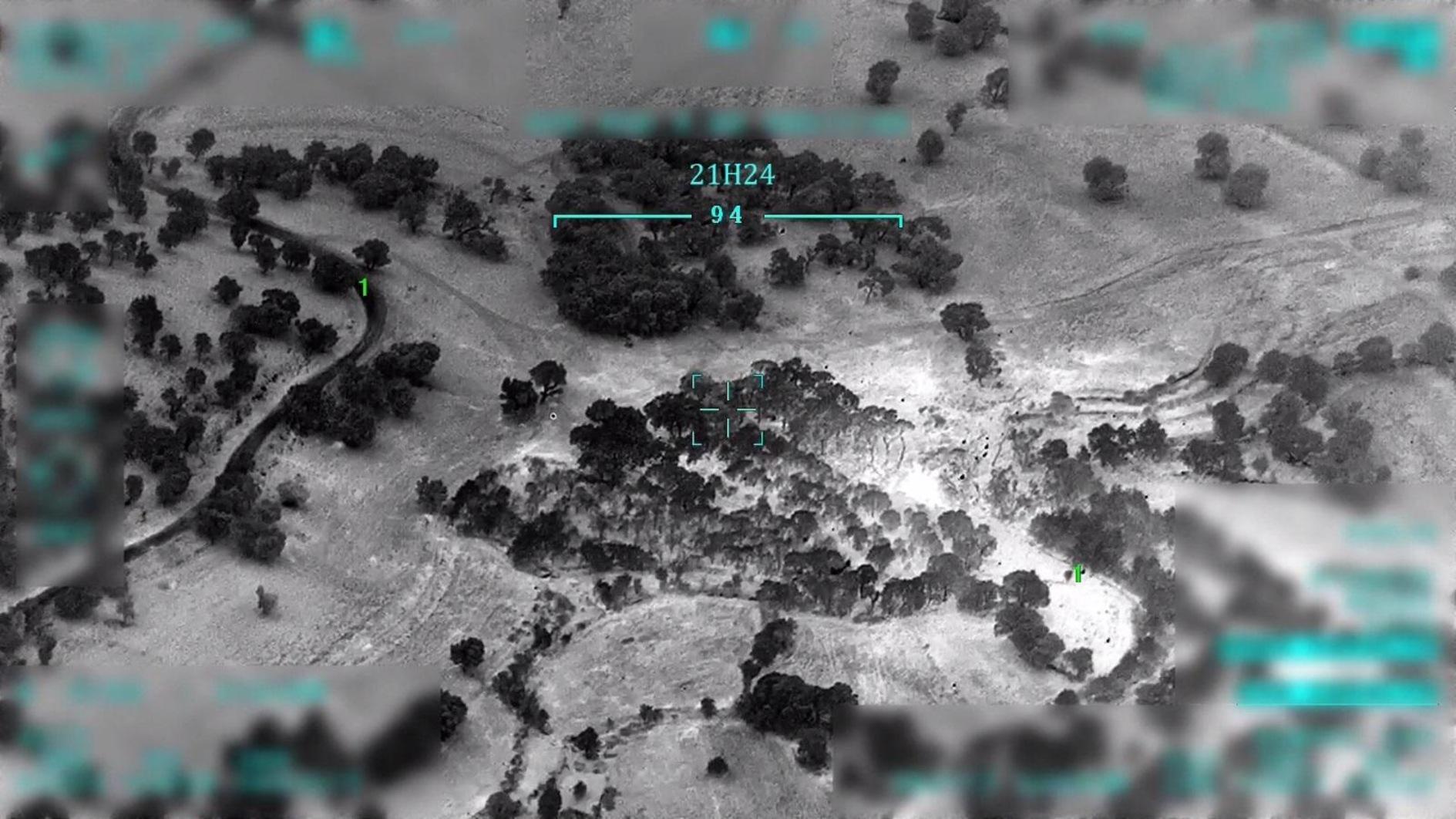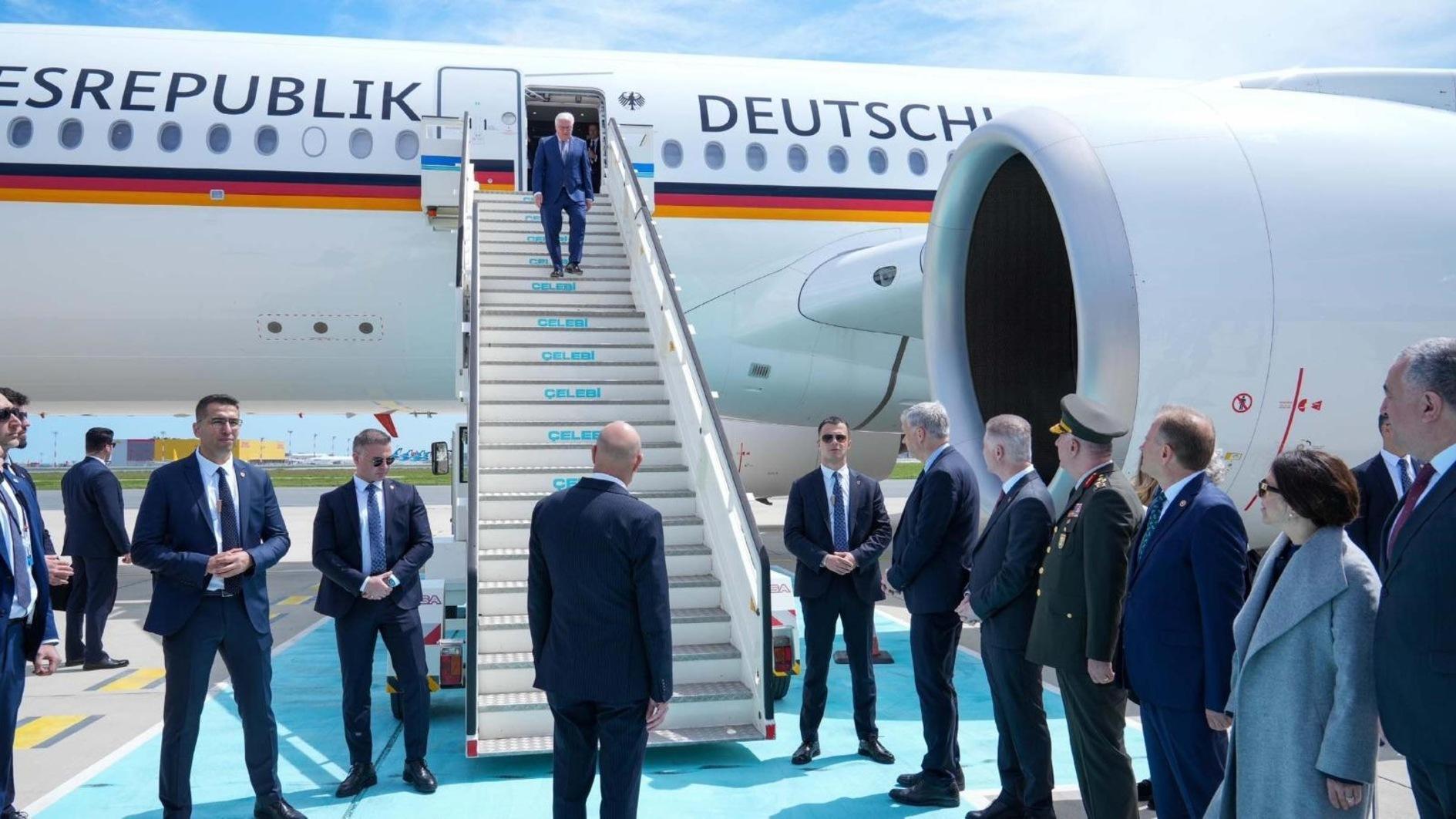Desperation in Syria
It has been six years since the so-called Arab Spring hit North Africa and the Middle East. The subsequent uprisings that began with popular anti-government protests in several countries for equality, representation, and better life conditions turned into a deadly civil war in Syria, after security forces used excessive force against demonstrators in spring 2011.
Several diplomatic initiatives have failed to stop the violence - including the latest deal between the U.S. and Russia in early September - mainly due to the complex nature of the conflict and the constantly changing balance of power among the fighting groups, which prompted U.S. Secretary of State John Kerry to remark that six different wars are going on in Syria. In addition to more than 300 different armed Syrian groups, security forces from at least 15 countries, various semi-governmental forces from the Middle East and around 30.000 foreign fighters from 86 countries, who have travelled to Syria to join the fray, several other countries have had a role in Syrian inferno in one way another.
From the very beginning, U.S. President Barack Obama took a very cautious stance and decided to stay mostly away, even when his red line on the use of chemical weapons was crossed. While his credibility was on the line with his decision not to intervene after the usage of chemical weapons, he persisted with his decision to resist the calls to engage more fully because, as he puts it, “the price of direct U.S. action would be higher than the price of inaction.”
The lack of U.S. presence on the ground, however, paved the way for active Russian involvement, which changed the strategic calculations dramatically – particularly after September 2015. Russian involvement has not only ensured that Syrian President Bashar al-Assad remained in power, but also created no-go zones over parts of Syria for other countries and prepared the ground for a wider sphere of influence for Russia in the Levant region.
With active Russian and Iranian support, the regime has intensified its offensive to retake the key cities under the control of opposition forces. Aleppo, Syria’s largest city, has lately became the main battleground. Following the failure of latest Geneva talks last February to find a diplomatic solution to the Syrian imbroglio, regime forces started to gain the upper hand on the ground by recapturing strategic locations such as Nubul and Zahraa, cutting the main supply route of the opposition groups in Aleppo with the Turkish border. The U.S. inability to stop heavy Russian bombing and Turkey’s inaction and quiet after its apparent recent agreement with Russia, (i.e. holding the Jarablus-Mare line in return for Aleppo), allowed Syrian forces to re-capture the main roads in northern Aleppo in July 2016 and to start the recent months’ siege of the city.
Regime forces are now advancing towards eastern Aleppo, the last part of the town under rebel control. Even there, they took more than half of the rebel-held region with brutal Russian airstrikes causing a humanitarian disaster. The winding up of resistance in Aleppo would immensely empower al-Assad and precipitate a favorable end game for his regime in Syria. Although the humanitarian urgency triggered a new ceasefire initiative in the UN Security Council to help people trapped in eastern Aleppo, the draft resolution was vetoed by Russia and China on Dec. 5.
Since President-elect Donald Trump has now affirmed that Washington’s objective in Syria should be supporting the regime in its fight against ISIL, we are no doubt now counting the last days of effective resistance against al-Assad, though not the civil war, which will no doubt continue for years one way or another, causing more casualties and further destroying the country.











